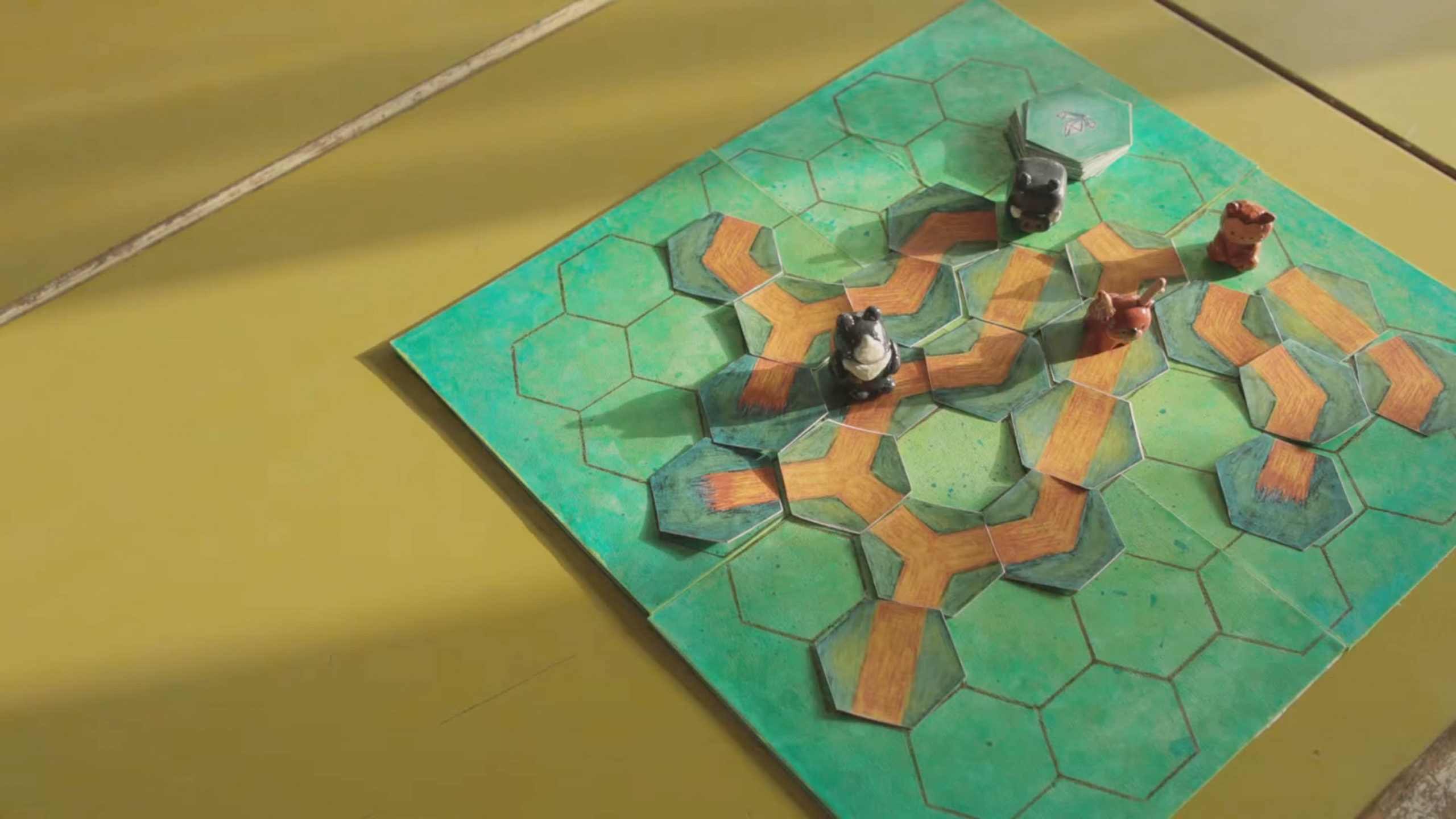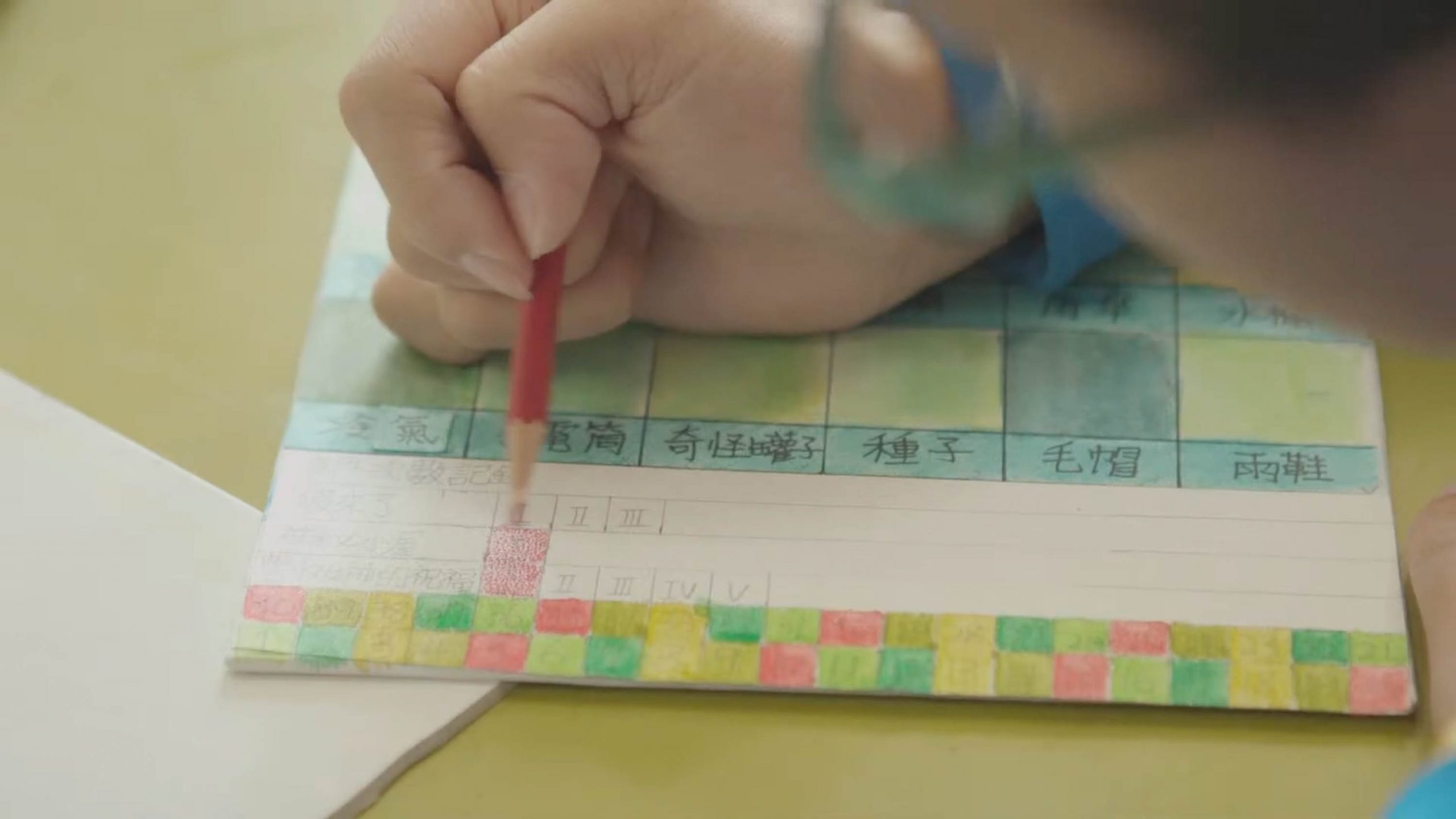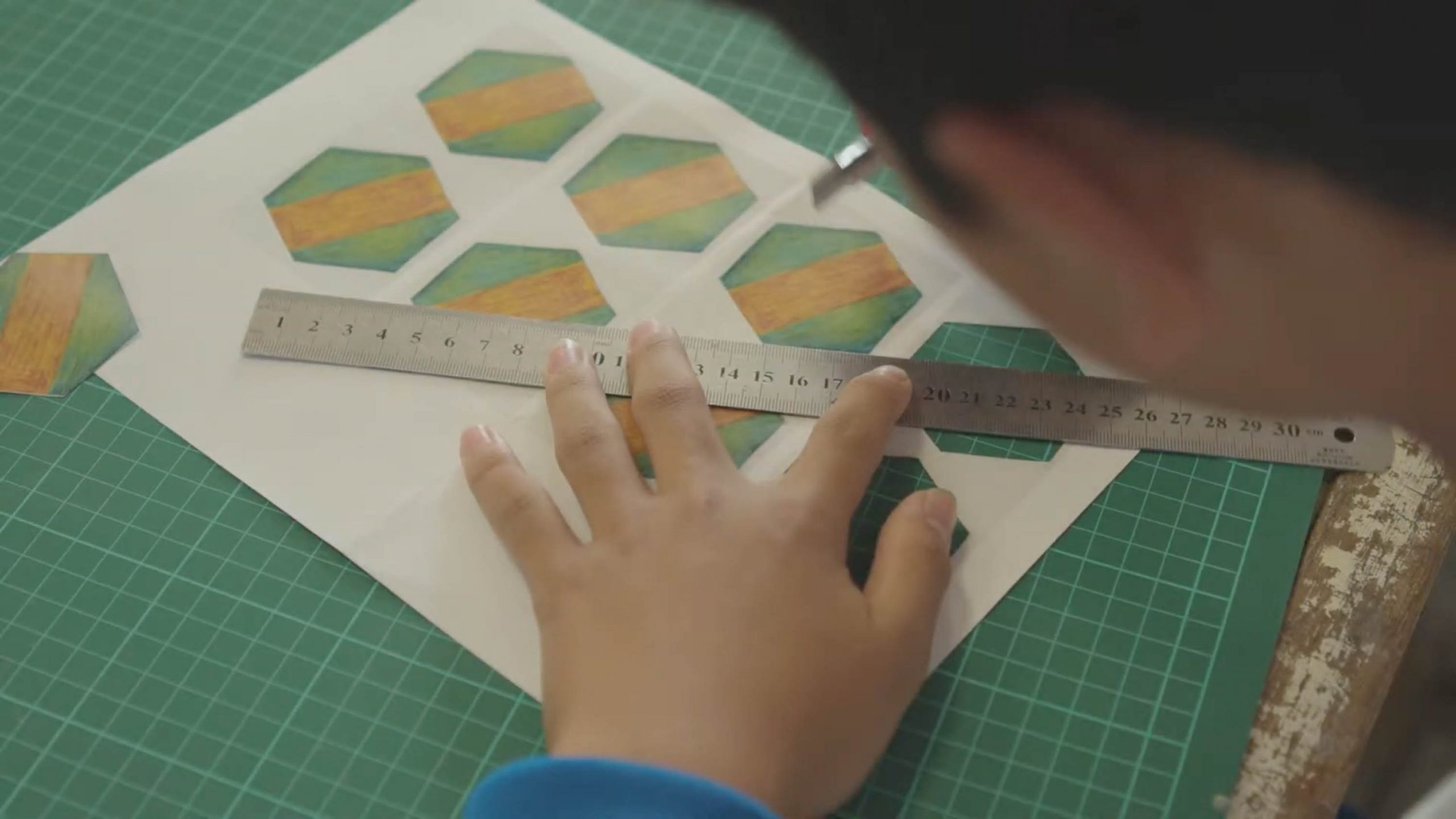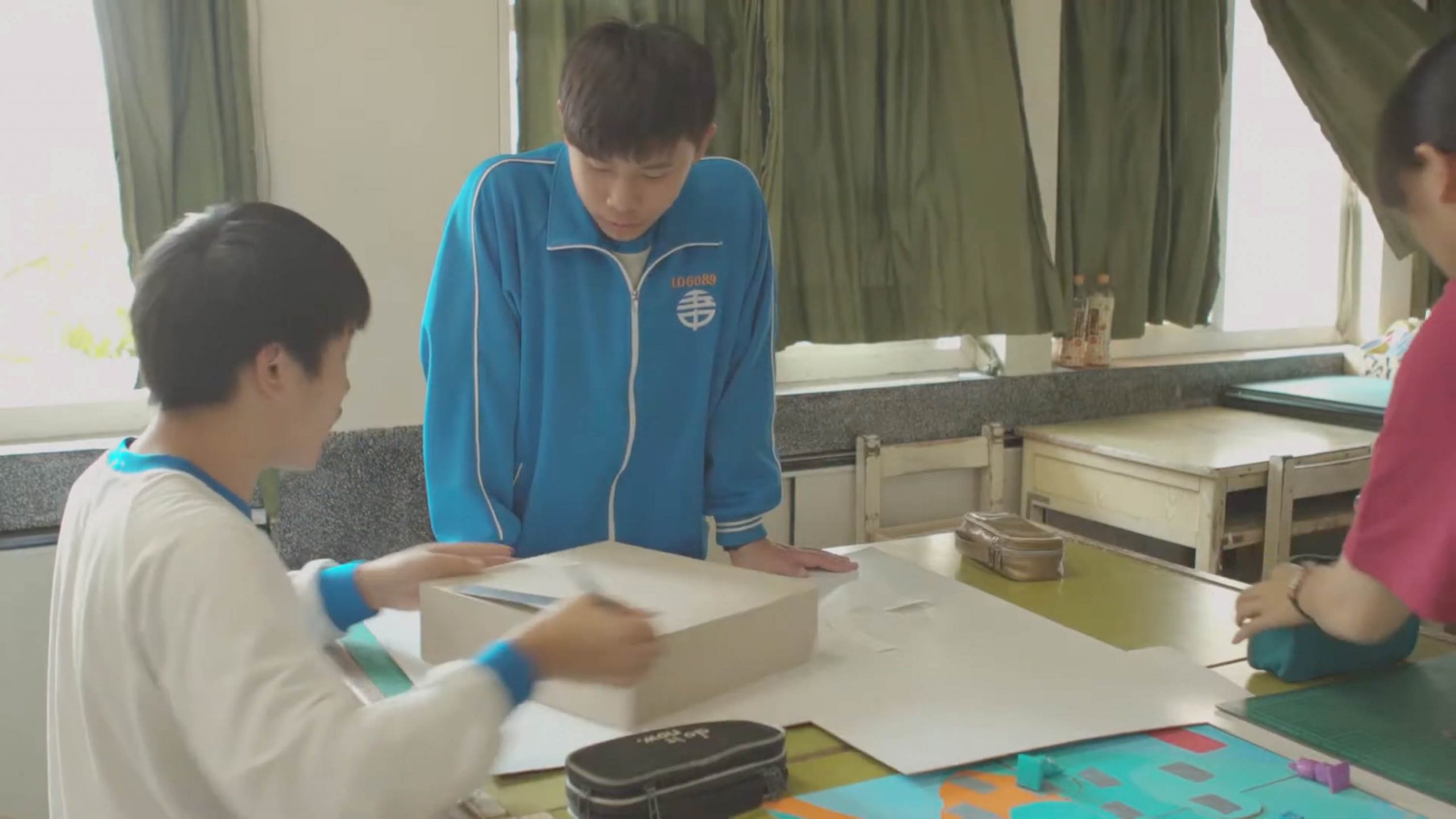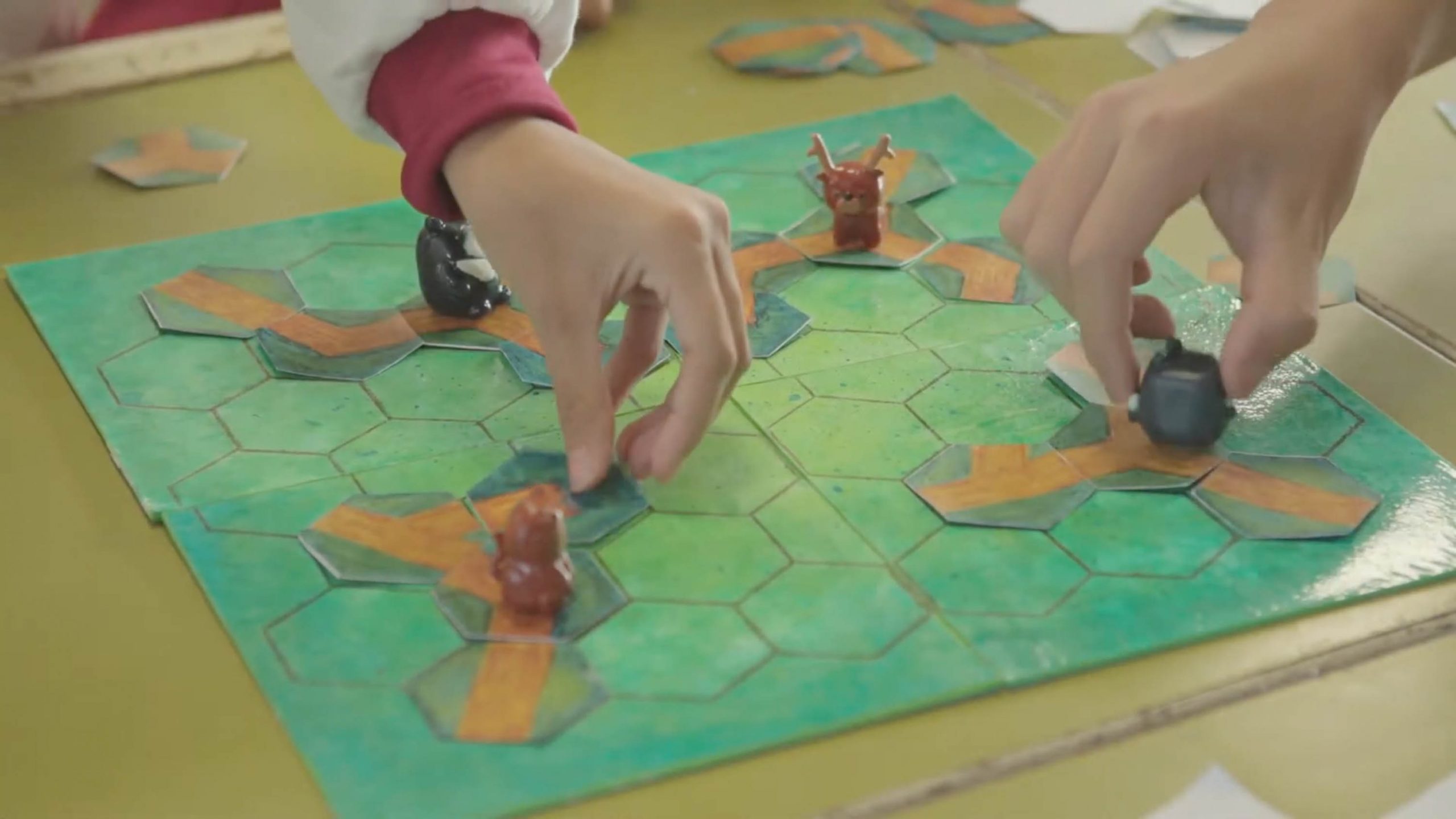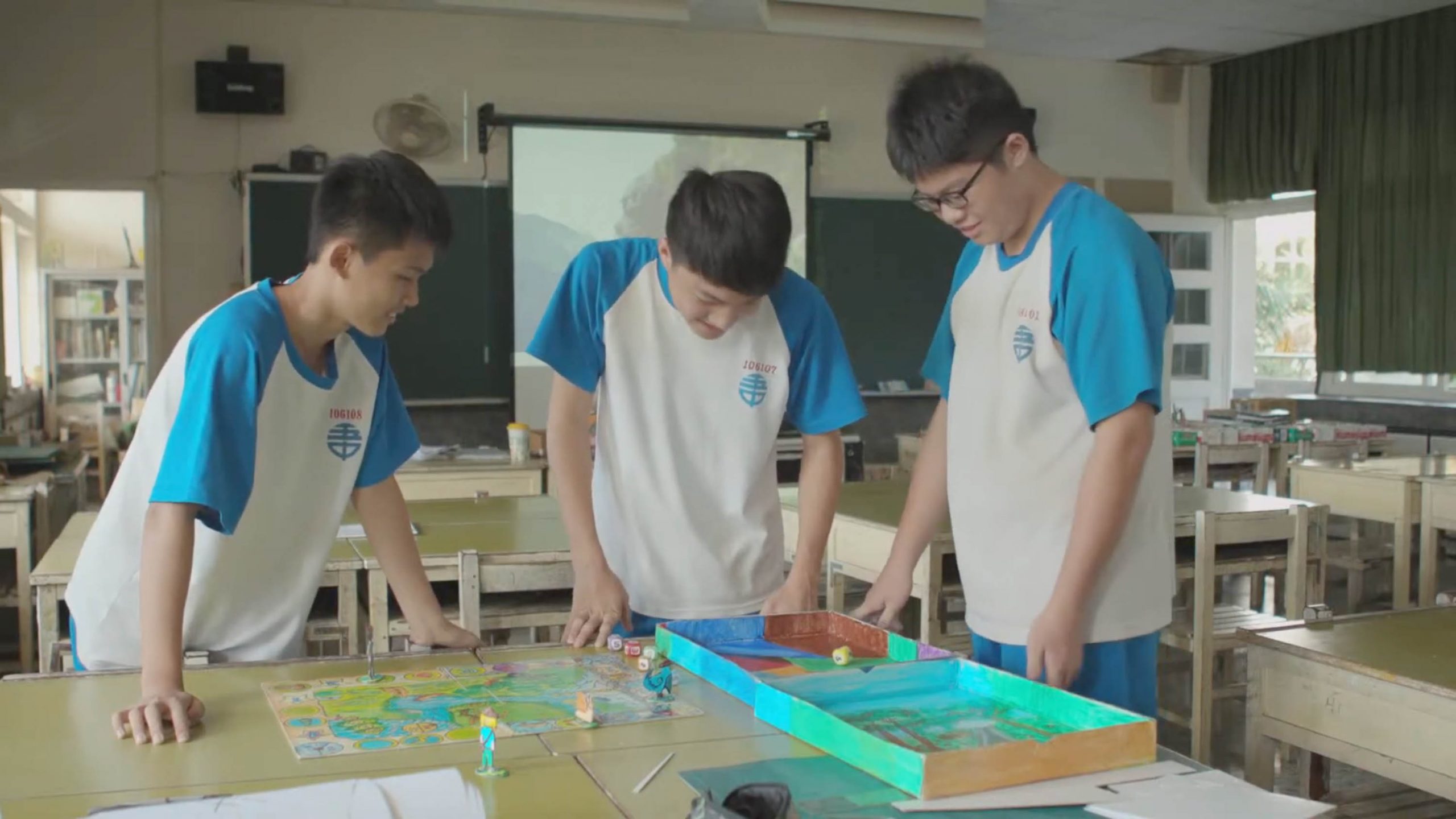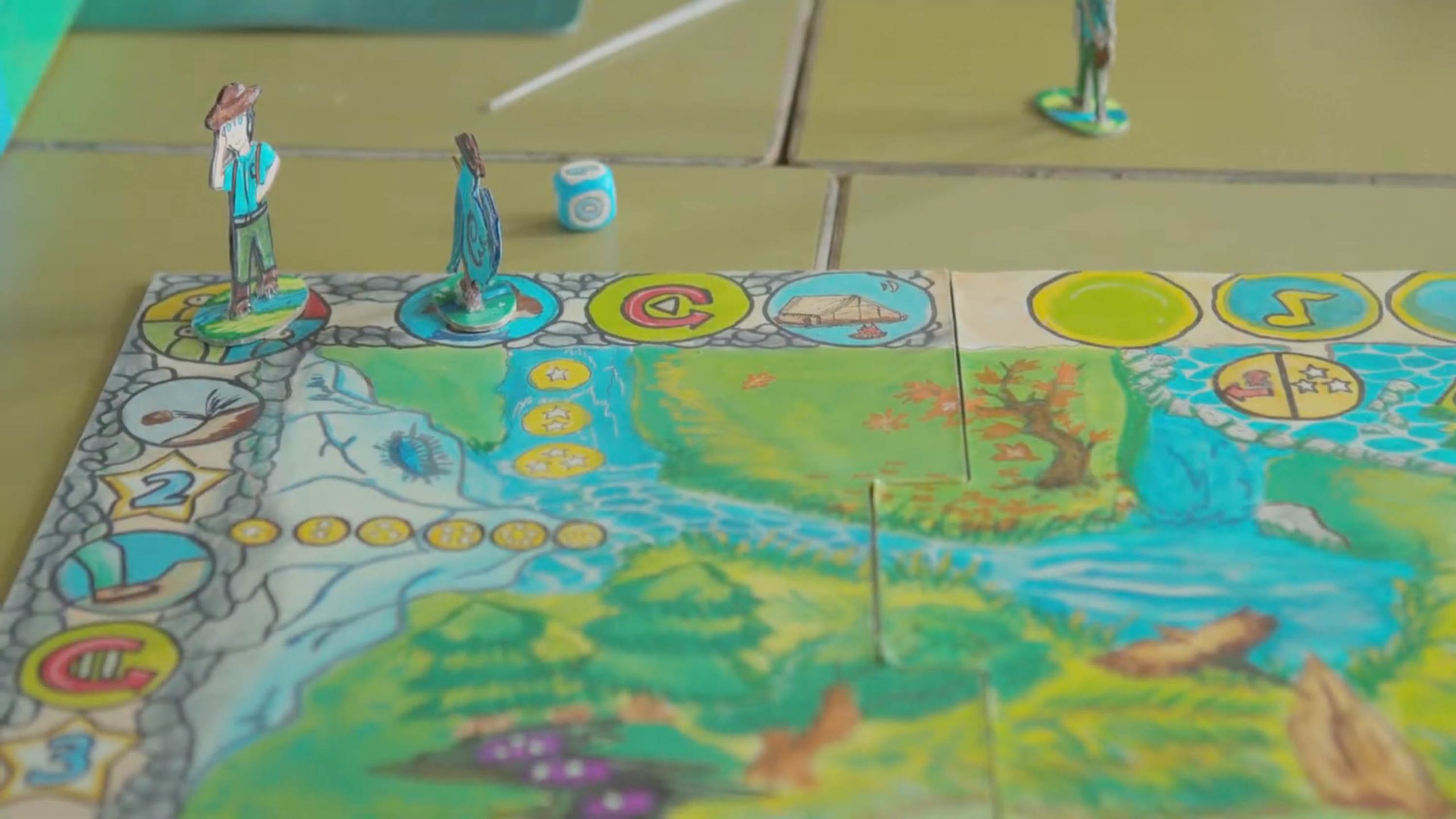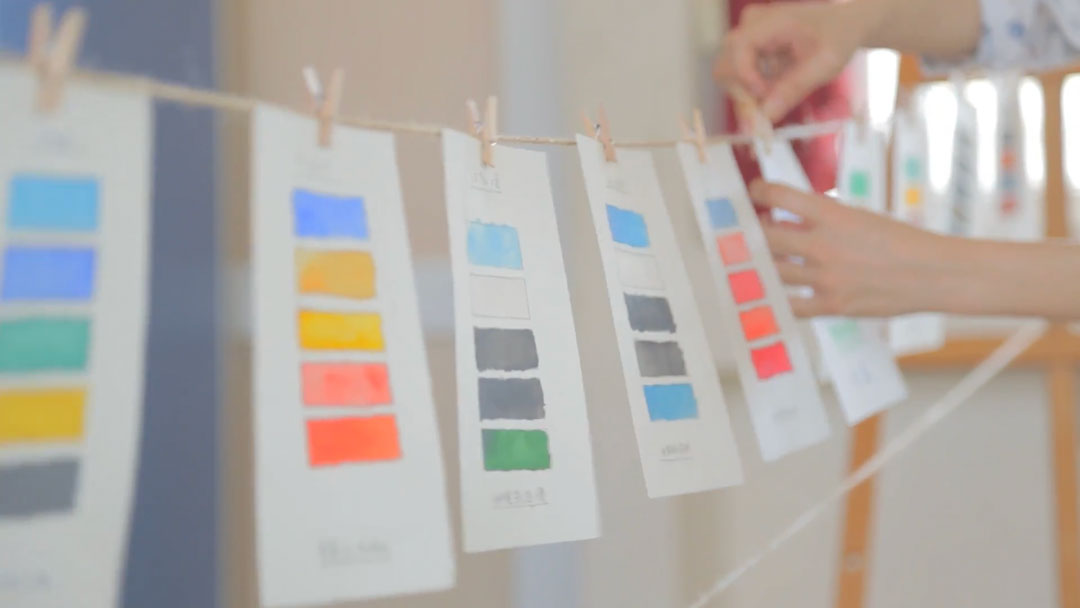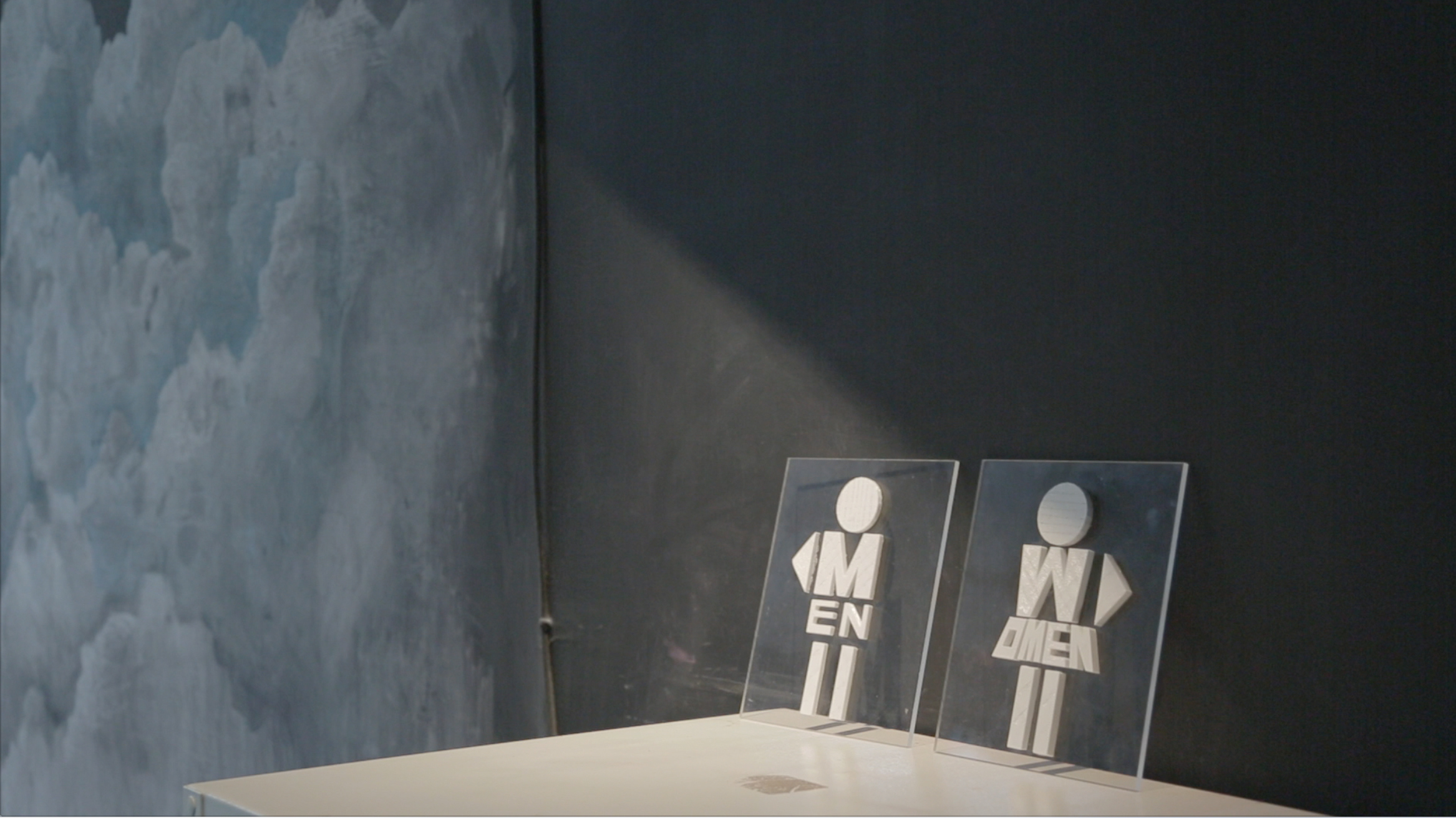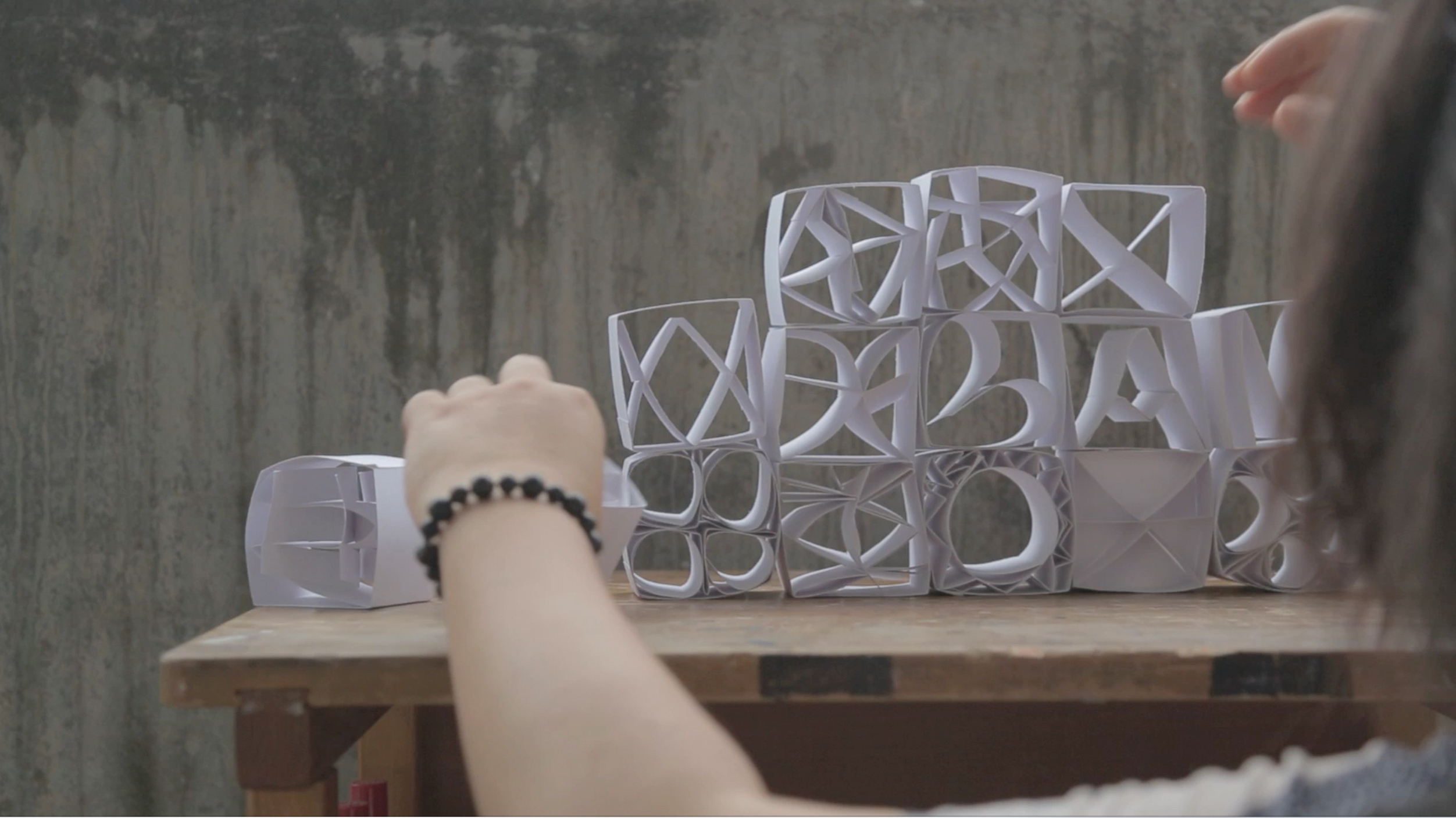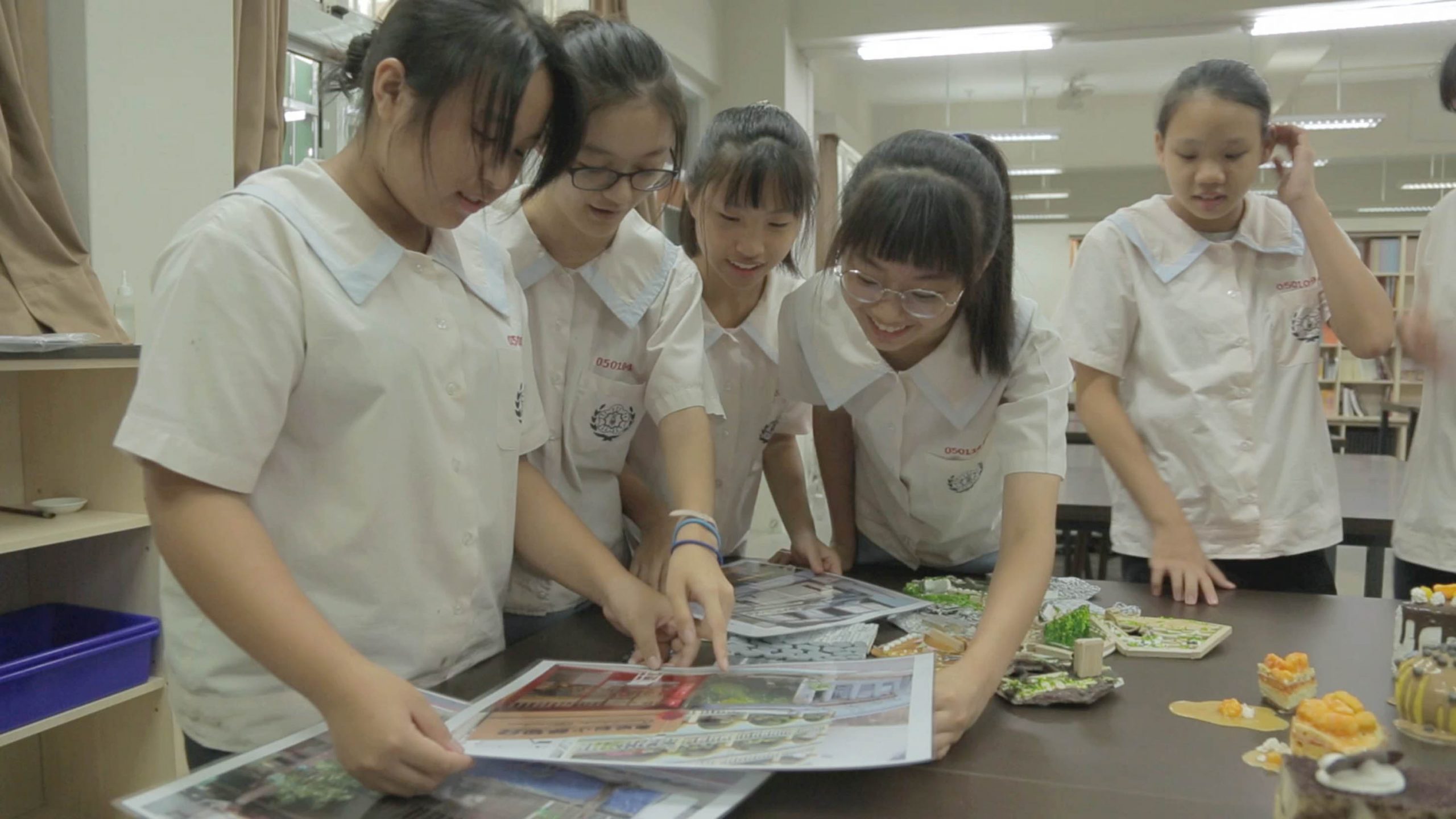Small Board Games, Big Dreams
The art and design course at Yu-Shan Public Junior High School evolved from the school’s curriculum, which included climbing Mt. Jade, Taiwan’s highest mountain, on various routes corresponding to different grades. Mr. Chang aimed to foster aesthetic sensibility in the students through these life experiences. To achieve this goal, he encouraged the students to design a board game inspired by their mountain journeys.
With enthusiastic participation and strong teamwork, the students effectively applied design principles and successfully created their own imaginative and unique board games.
